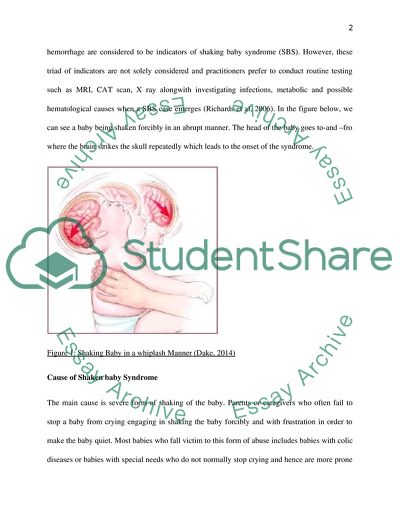Cite this document
(Not Found (#404) - StudentShare, n.d.)
Not Found (#404) - StudentShare. https://studentshare.org/medical-science/1872853-clinical-meaning-of-the-shaken-baby-syndrome
Not Found (#404) - StudentShare. https://studentshare.org/medical-science/1872853-clinical-meaning-of-the-shaken-baby-syndrome
(Not Found (#404) - StudentShare)
Not Found (#404) - StudentShare. https://studentshare.org/medical-science/1872853-clinical-meaning-of-the-shaken-baby-syndrome.
Not Found (#404) - StudentShare. https://studentshare.org/medical-science/1872853-clinical-meaning-of-the-shaken-baby-syndrome.
“Not Found (#404) - StudentShare”. https://studentshare.org/medical-science/1872853-clinical-meaning-of-the-shaken-baby-syndrome.


